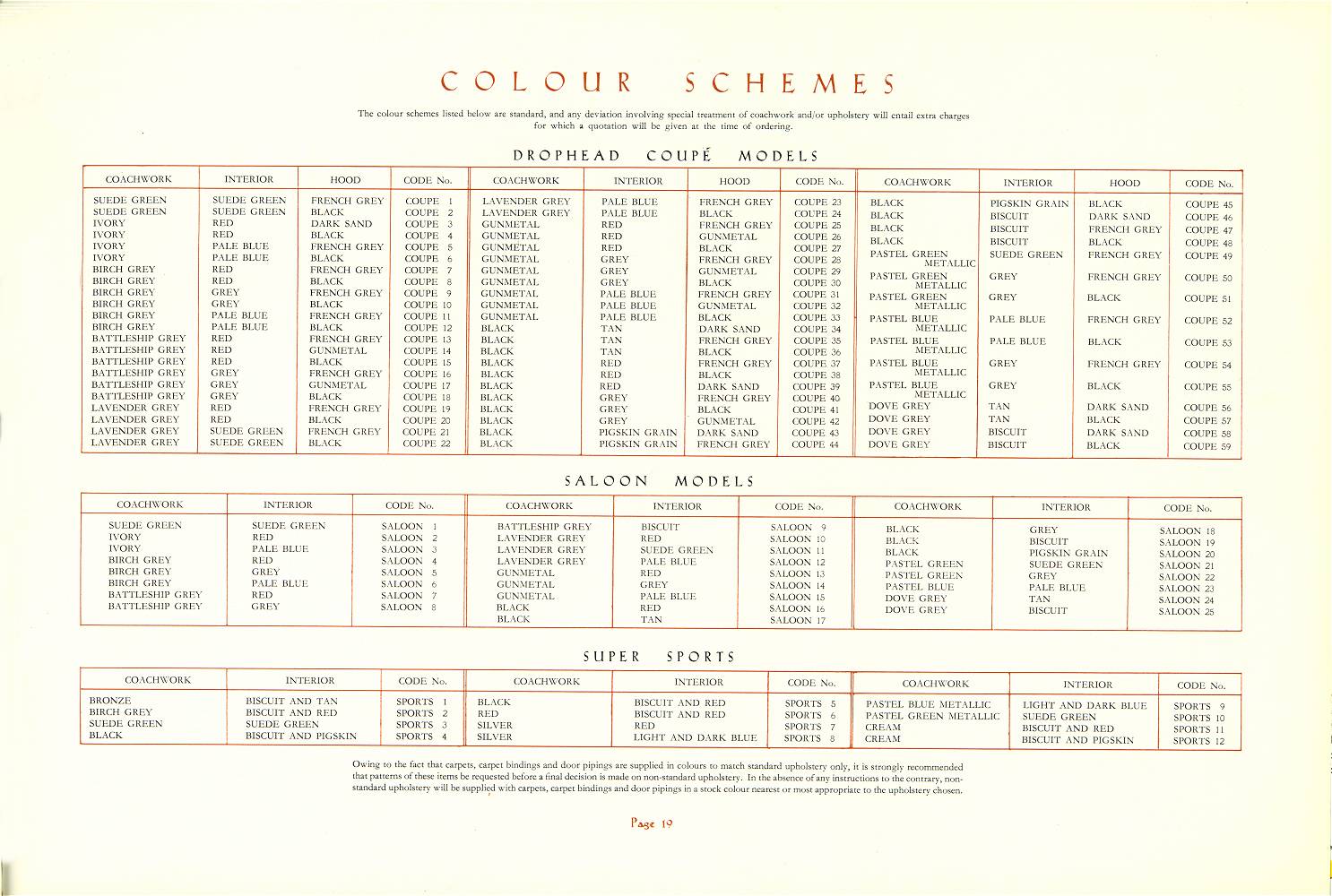Hi,
Sure! I’ve had a few discussions about this during the last 20+ years.
Thanks to my first car I quicky learned the nature of men. From 1961 to 1967 over 95% of all ”dark green” E-types were painted Opalescent Dark Green at the factory. But about 90% of the people who own and want to restore those cars want to believe it was British Racing Green, when in fact it was not.
Almost the same story with Opalescent Silver Grey vs. Opalescent Gunmetal, because to some folks (who can not tell the difference) Gunmetal sounds cool and because ”9600 HP” was Gunmetal. 
Clausager puts it well in the ”Factory Original Jaguar E-type” about the white S3 E-types: Cream, White & Old English White = most probably the same colour.
Why? Because what was written on the build sheet depended on who was on that shift, and what they thought the colour was called at the time.
Anyone who has seen the photos of the Foleshill assembly line and paint shop could not believe they would have suddenly stopped painting, cleaned the guns and supply, change to another tone if white, when after say #670202, an XK120 in ”Cream” they were supposed to spray a MKV Saloon with ”Ivory!”
”Nah, it’s white anyways, innit!” 
The names of the colours are marketing.
There is more variation in production just by batch, especially when the paint supplier changed, and the whole base material of it.
That is also why all the metallics were left out in late 1951 when production moved to Browns Lane and the new paint shop started using a rotisserie for the bodies and new urethane based paint instead of the old cellulose based Domolac/Zofelac paints.
Metallics were reintroduced in 1961 with the E-type and they were very popular.
Cheers!













